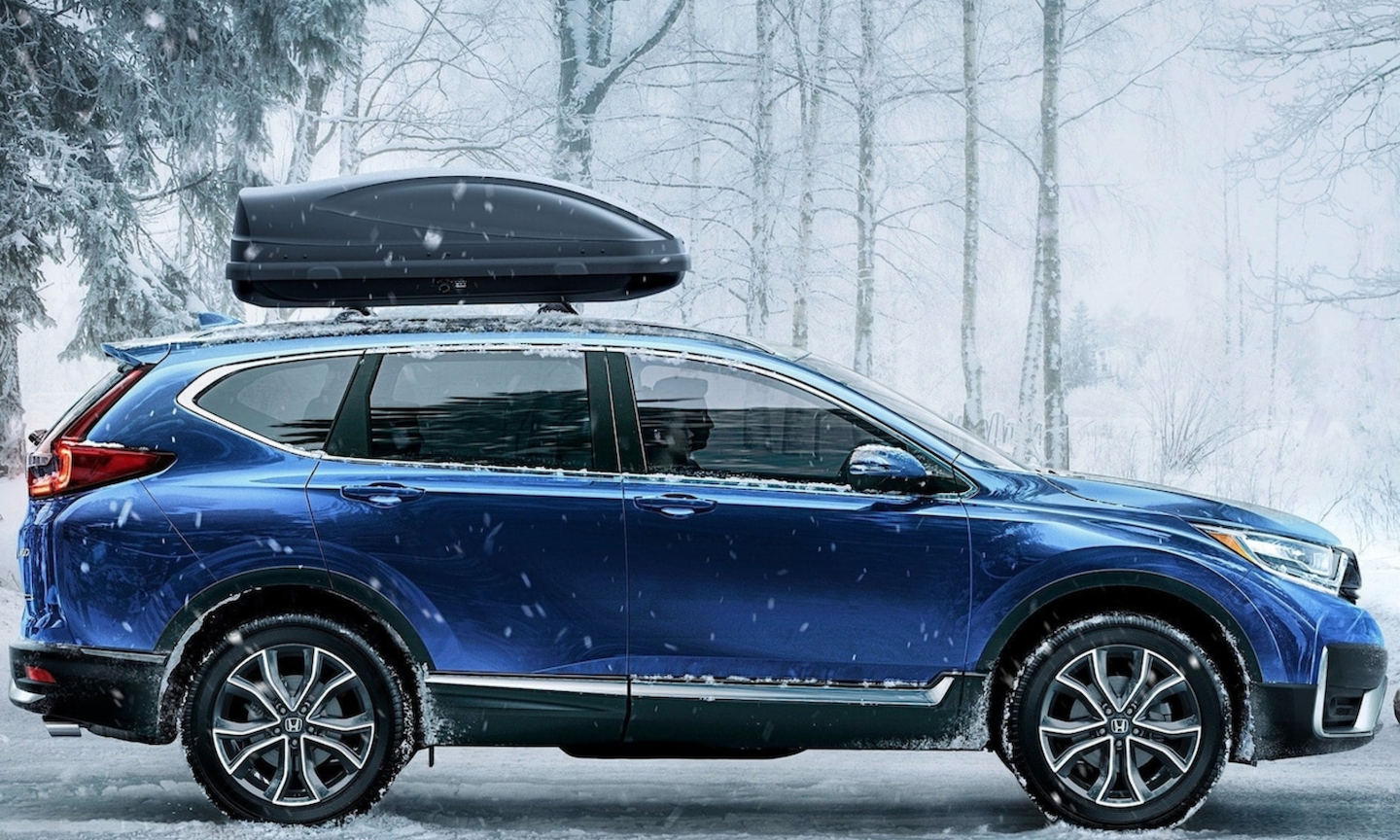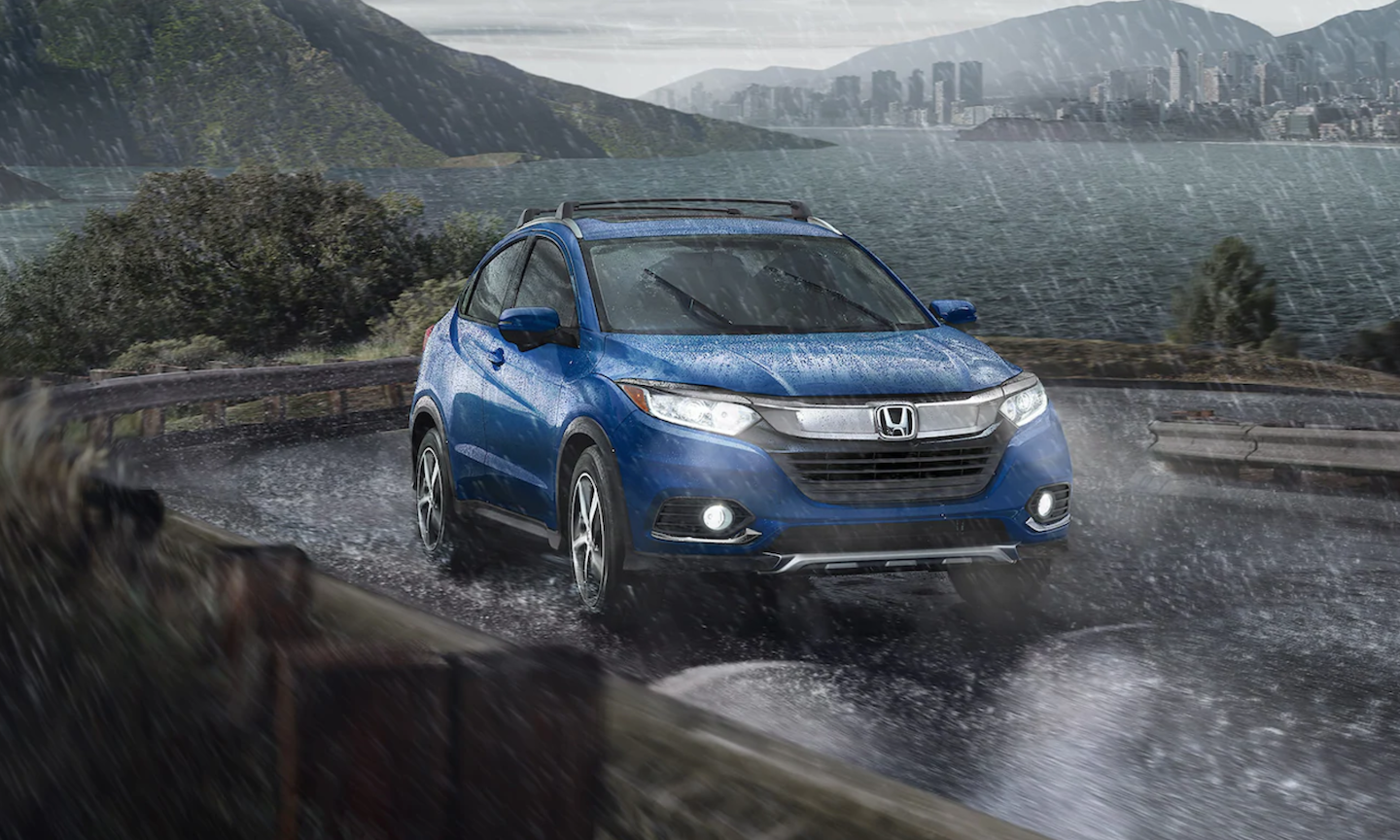Stay Safe this Winter with the Latest Features from Honda

Winter weather poses additional risks to drivers. Reduced visibility and traction can create dangerous conditions. If you live somewhere that experiences ice, snow, and freezing rain, the risks are even greater. It’s important to practice additional safety, keep up with your vehicle’s maintenance, and stay alert all year long, but even more so during the winter. However, Honda models offer an entire suite of driver assistance features, collision-resistant vehicle construction, and technologies that increase traction in adverse conditions. The Hall Honda Virginia Beach team is here to break down some of the best safety features from Honda to protect you and your family when the roads get slippery this winter.
Premium Traction Technology
Slippery winter road conditions require extra care while driving, but Honda models feature intelligent technology features to make it easier to navigate situations with reduced traction. Honda’s intelligent All-Wheel Drive is available on the Pilot, Passport, HR-V, and CR-V. This advanced system can send power to the wheels with the most traction. Standard features like 4-wheel ABS, electronic brake distribution, brake assist, and hill start assist all offer support without being invasive. The tire pressure monitoring system will alert you if one of your tires has low pressure, which can affect braking, handling, and traction. Intelligent Traction Management utilizes the sensors and systems already equipped in the vehicle to reduce understeer or oversteer, both of which can result in an accident. All of these features are so responsive that drivers don’t even notice how much they contribute to the smooth handling and drive of Honda models.
Passive Safety Features
Of course, your Honda comes available with tried and tested safety features that have become ubiquitous in US vehicles—like airbags and seat belts—but new models mean you’re getting the most updated versions of these features:
- Advanced Front Airbags (i-SRS): These airbags can deploy to different levels depending on the severity of the impact, ensuring optimal protection and reducing airbag-inflicted injuries.
- SmartVent® Front Side Airbags: These airbags protect occupants in the event of impacts to the side of the vehicle, and they can vent before fully inflating, decreasing the likelihood of an airbag-related injury.
- Side Curtain Airbags with Rollover Sensor: Sometimes accidents don’t take the form of direct collisions. In the event of a rollover, these side curtain airbags can deploy to protect occupants from ejection.
- 3-Point Seat Belts with Automatic Tensioning System: In the event of a collision, these “smart” belts sync with the i-SRS airbags to automatically adjust tension, increasing the effectiveness of the airbag deployment.
- Advanced Compatibility Engineering™ (ACE™) Body Structure: This Honda-exclusive body design uses a network of front frame structures to absorb and deflect the energy from a frontal collision, reducing the force transferred to the cabin.

Active Safety Features
Your modern automobile from Honda also offers a suite of semi-autonomous active safety features that are always at work while you drive. The brand-exclusive Honda Sensing® suite uses input from the vehicle’s external cameras and sensors to virtually “see” the road and detect potential hazards in all directions. The vehicle’s onboard computer analyzes the input with an advanced algorithm to determine how to react in fractions of a second. Some of these will respond with audible and visual warnings, and some of these can even take control of the vehicle to avoid collisions before the driver has time to react.
- Collision Mitigation Braking System™: Autonomously applies brakes to help avoid a frontal collision.1
- Road Departure Mitigation System: Detects road markers and alerts driver if the vehicle is veering out of the lane, and can even take action to keep the vehicle on course.2
- Adaptive Cruise Control: In addition to maintaining speed, this cruise control can maintain the following distance with the vehicles ahead.3
- Blind Spot Information System (BLIS): Sensors in the rear bumper can see where the driver cannot, providing a warning if a vehicle is detected in the blind spot when the turn signal is activated.4
- Auto High Beam Headlights: When the high beams are activated, your vehicle will use a front-facing camera to sense oncoming traffic and temporarily dim the headlights until the oncoming traffic passes.
- Rain-Sensing Windshield Wipers: Automatically adjusts wiper speed to match the severity of the rainfall detected on the windshield.

Peace of Mind Guaranteed
It can be risky out there on the roads, but these latest safety features from Honda are committed to keeping you and your most precious cargo safe while you travel. To learn more about these and all of the other state-of-the-art features you can enjoy in any one of our new models, visit the Hall Honda Virginia Beach showroom at 3516 Virginia Beach Blvd, Virginia Beach, VA 23452 or contact a member of our sales team online.
1 CMBS cannot detect all objects ahead and may not detect a given object; accuracy will vary based on weather, speed and other factors. System operation affected by extreme interior heat. System designed to mitigate crash forces. Driver remains responsible for safely operating vehicle and avoiding collisions.
2 Road Departure Mitigation only alerts drivers when lane drift is detected without a turn signal in use and can apply mild steering torque to assist driver in maintaining proper lane position and/or brake pressure to slow the vehicle's departure from a detected lane. RDM may not detect all lane markings or lane departures; accuracy will vary based on weather, speed and road condition. System operation affected by extreme interior heat. Driver remains responsible for safely operating vehicle and avoiding collisions.
3 ACC cannot detect all objects ahead and may not detect a given object; accuracy will vary based on weather, speed and other factors. ACC should not be used in heavy traffic, poor weather or on winding roads. Driver remains responsible for safely operating vehicle and avoiding collisions.
4 The system is not a substitute for your own visual assessment before changing lanes. BSI may not detect all objects behind or to the side of a vehicle and may not detect a given object; system accuracy will vary based on weather, size of object and speed. Driver remains responsible for safely operating vehicle and avoiding collisions.
Image and Video Credit: Honda
